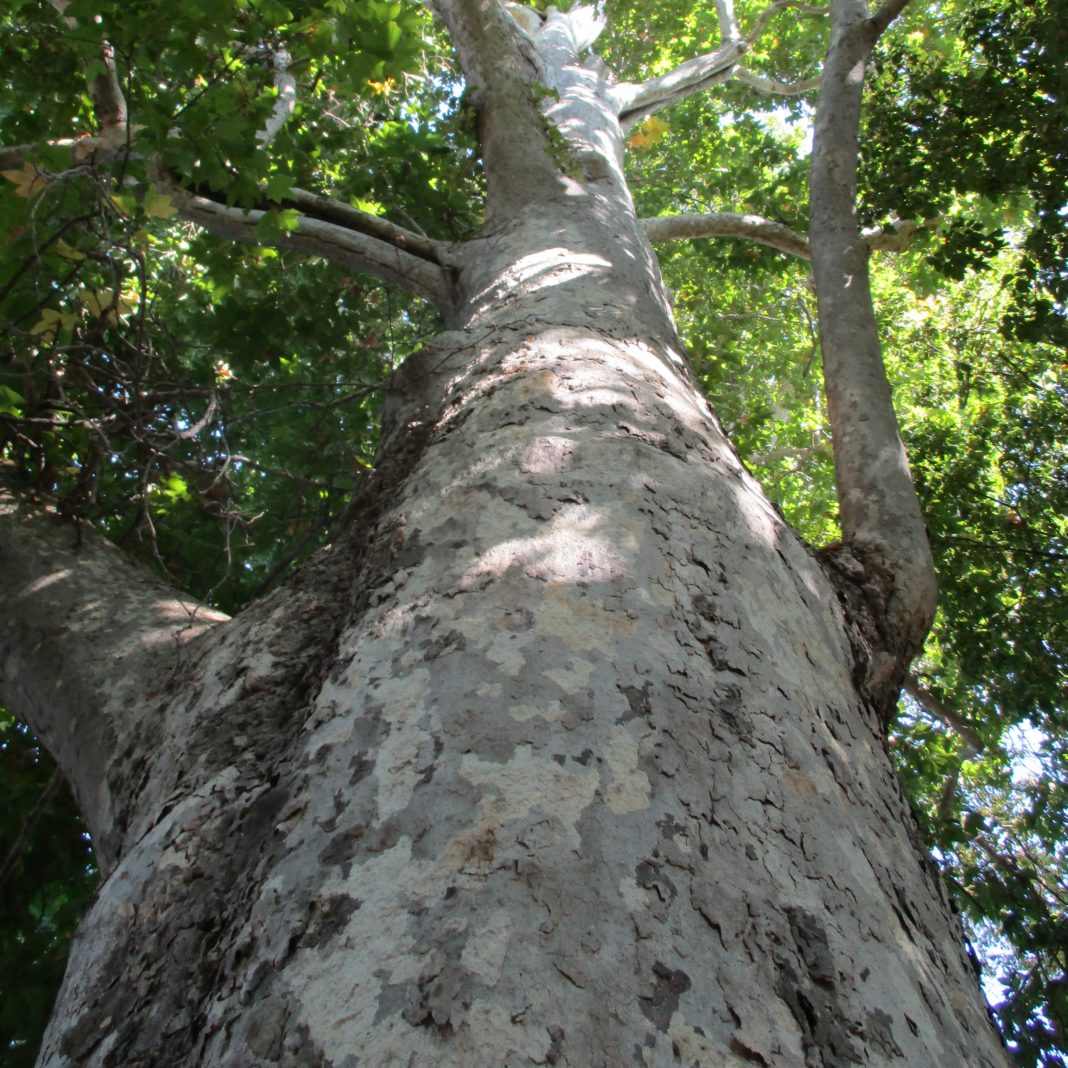UNITED STATES—There is no such thing as a perfect tree. Every tree has foliage that one way or another, eventually falls to the ground. Every tree has roots that might try to displace something that gets in its way. Many trees are messy in bloom. Some make messy fruit. Except for palms, every tree has branches that can be broken by wind. Just about any tree can be blown over if the wind is strong enough.
This is why the selection of trees that are appropriate to each particular application is so important. Finding trees that provide enough shade, obscure an unwanted view, or perform any specific function is one thing. Finding trees that behave while performing their assigned tasks is something else. There are always compromises. A certain degree of bad behavior will likely be tolerated.
Street trees for a parkstrip between the curb and sidewalk can be the most challenging trees to select. There are so many variables to consider. Many neighborhoods have saved us the trouble of selection by prescribing a specific tree, or maybe limiting the choices to only a few species, whether or not they are actually appropriate. Otherwise, we are on our own, to select whatever we like.
Microtrees might seem like good choices. They do not get big enough to damage a sidewalk, or make much mess. These are trees like crape myrtle, purple leaf plum and photinia (in tree form). These trees can be proportionate to narrow streets, but really do not shade much more than a single parking space. Because they are so low, they need serious pruning for adequate clearance.
Mid-sized and bigger trees like Chinese pistache, honeylocust maidenhair tree and some of the modern hybrid elms certainly cause more problems, but might be worth the bother. They shade curbside parking and part of the front yard nicely. Like small trees, they need to be pruned for clearance, especially over the roadway, but they eventually grow up high enough to be out of the way.
It seems that any tree that exhibits some of the better characteristics for street trees is deficient in other ways. Australian willow has very complaisant roots, and is very resilient, but also branches low, and is not much to look at. Fern pine and several oaks are excellent street trees for decades, but eventually get big. Root barriers will delay, but not prevent roots from damaging sidewalks.
Highlight: California sycamore
No other big tree has trunks as sculptural as those of the California sycamore, Platanus racemosa. They bend and groove so irregularly, seemingly without direction, that it is a wonder that old specimens in the wild eventually get a 100 feet tall. Some trees have a few trunks. The mottled beige bark is quite striking both in the shade of the broad canopy, and while trees are bare in winter.
California sycamore is a surprisingly well behaved street tree, but only for a few decades or so. The roots are quite complaisant. The main problem is that the bulky trunk eventually gets wider than the parkstrip. Another problem is that such a big tree drops a huge volume of foliage in autumn, and then again in spring as anthracnose ruins much of the new foliage. The big palmate leaves are about eight inches wide, and covered with tomentum (fuzz) that is irritating to the skin.






